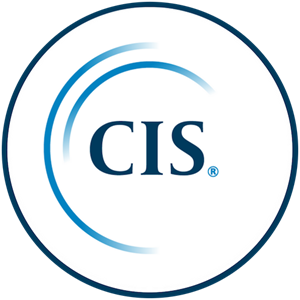The CIS Security Controls provide a prioritized framework to enhance cybersecurity. This framework consists of 18 controls, empowering organizations to strengthen their security posture.
- 01: Inventory and Control of Enterprise Assets – Track and manage all hardware assets to prevent unauthorized access.
- 02: Inventory and Control of Software Assets – Monitor and secure software to ensure only authorized applications are used.
- 03: Data Protection – Safeguard sensitive data through encryption, access controls, and backups.
- 04: Secure Configuration of Enterprise Assets and Software – Establish secure settings for hardware and software to reduce vulnerabilities.
- 05: Account Management – Manage user and admin accounts to limit unauthorized access.
- 06: Access Control Management – Restrict access to systems and data based on user roles and needs.
- 07: Continuous Vulnerability Management – Identify, prioritize, and remediate vulnerabilities in systems and software.
- 08: Audit Log Management – Collect and analyze logs to detect and respond to security incidents.
- 09: Email and Web Browser Protections – Secure email and browsers to prevent phishing and malware attacks.
- 10: Malware Defenses – Deploy and maintain anti-malware tools to detect and block malicious code.
- 11: Data Recovery – Ensure data backups and recovery processes to maintain operations post-incident.
- 12: Network Infrastructure Management – Secure network devices and configurations to prevent unauthorized access.
- 13: Network Monitoring and Defense – Monitor network traffic to detect and respond to threats in real-time.
- 14: Security Awareness and Skills Training – Train employees to recognize and respond to security threats.
- 15: Service Provider Management – Manage third-party vendors to ensure their security practices align with yours.
- 16: Application Software Security – Securely develop and maintain applications to prevent exploitable flaws.
- 17: Incident Response Management – Establish processes to identify, respond to, and recover from security incidents.
- 18: Penetration Testing – Conduct regular tests to identify and address security weaknesses.
Key Concepts
- Safeguards: Specific measures within each control to mitigate cybersecurity risks.
- Asset Types: Categories of resources protected by controls.
- Implementation Groups (IG): Tiers of prioritized controls based on organization size and maturity.
Data Summary:
- 18 controls
- 153 safeguards
- 6 asset types
CIS Controls data dashboard:
- Visualize the quantitative composition of the CIS controls.
- Provide estimated level of effort insight for each control.
- Visualize the priority through implementation group.

